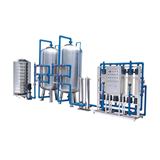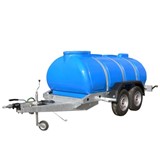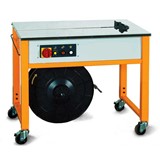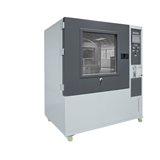Pollutants such as TPH,TRH, PAH and phenols and other semi-volatile compounds in water can now be tested using significantly lower sample volumes as a result of evolutionary method development by ALS Environmental.
The new methodology also decreases waste, greenhouse emissions and improves manual handling considerations across the industry.
ALS was awarded the inaugural CARE Award for sustainable environmental technologies by CRC CARE Managing Director, Professor Ravi Naidu, for introducing this new technology.
"This is an exceptional piece of technology that is going to make the task of contaminant identification and cleanup a whole lot easier," Professor Naidu said.
"We felt it was a fitting winner of the inaugural CARE Award."
"Testing for these contaminants previously required one litre of sample, which has its disadvantages," Kieren Burns, an Environmental Services Representative for ALS said.
"These large samples often contained a high concentration of sediments, which can impact the quality of the results – often resulting in the reporting of slight false positives".
Over the last six years, ALS has progressively refined the technology and its methodology, to accommodate lower sample volumes without compromising quality and detection levels.
"With a lower sample volume, the total amount of solvent required can be cut by up to 90%. Glassware usage and waste can be reduced by 70%," Burns said.
Burns explained that the concept of reducing sampling volumes came about from observing field and laboratory receipt staff moving large eskies (manual handling) and also listening to field sampler feedback on the difficulty of obtaining samples from low recharge wells.
"This innovation most significantly impacts ground waters, and associated field sampling. More resources and time were needed to obtain large samples in some locations, and handlers risked injuring themselves when carrying a hefty load of samples, bulky containers and large number of bottles. It was clearly a challenge with occupational health and safety risks," Burns said.
"Instead of pumping and moving ten litres of liquid from ten locations, field staff can now sample ten wells and carry only one litre. Not having to sample such large volumes also means that the fieldwork can be performed more efficiently, reducing consultant time and costs."
Professor Naidu says the CARE Award recognises technologies and innovations in the area of contamination assessment and remediation of the environment.
"The assessment of the nominations was undertaken by an independent panel of industry, regulatory and scientific experts and we celebrate the achievements of the winner among the industry sector and peers," he said.

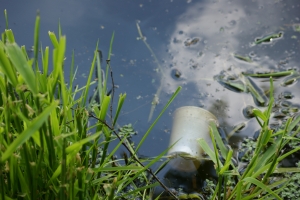
-160x160-state_article-rel-cat.png)
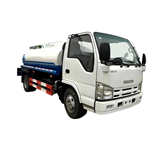


-160x160-state_article-rel-cat.png)








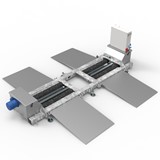
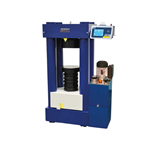
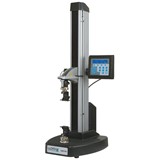
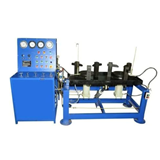
-160x160-state_article-rel-cat.png)
